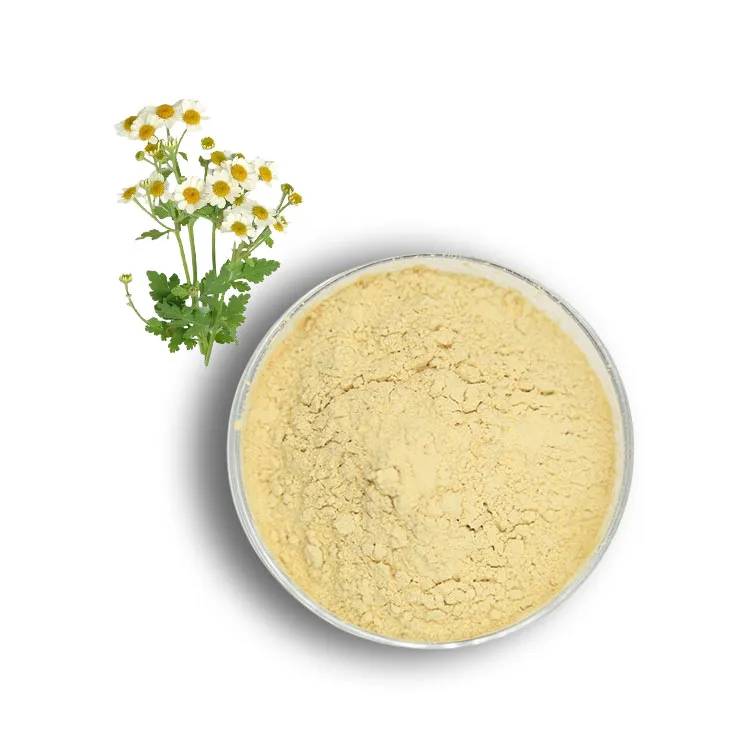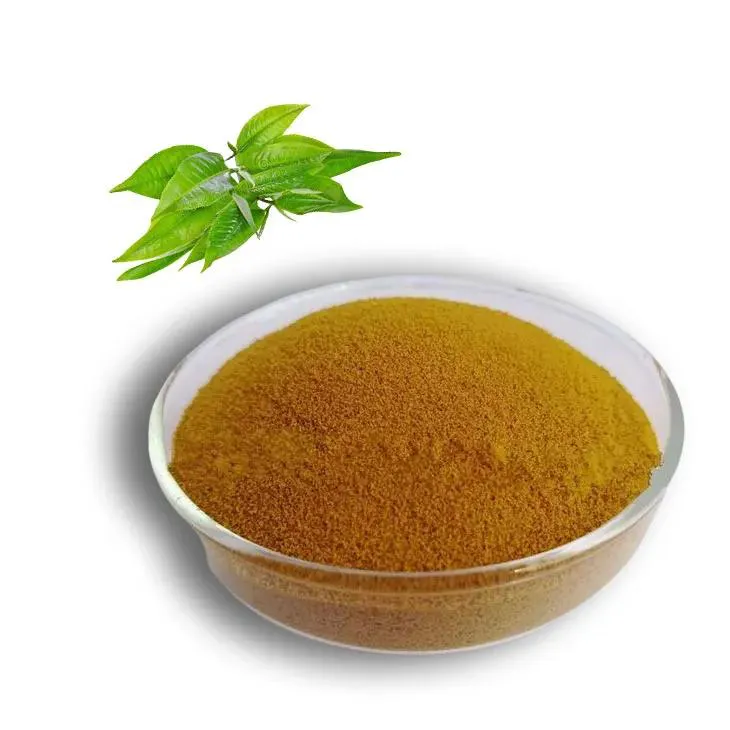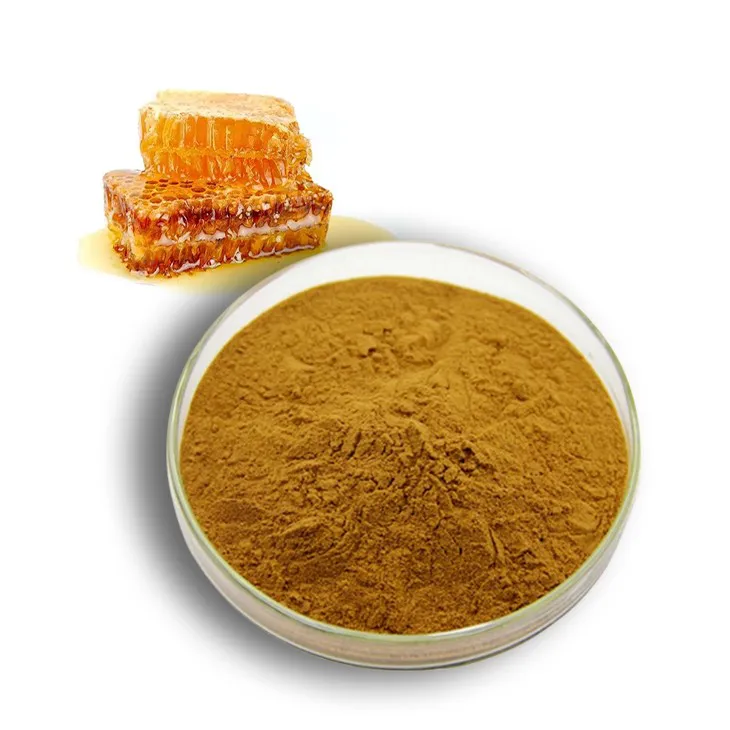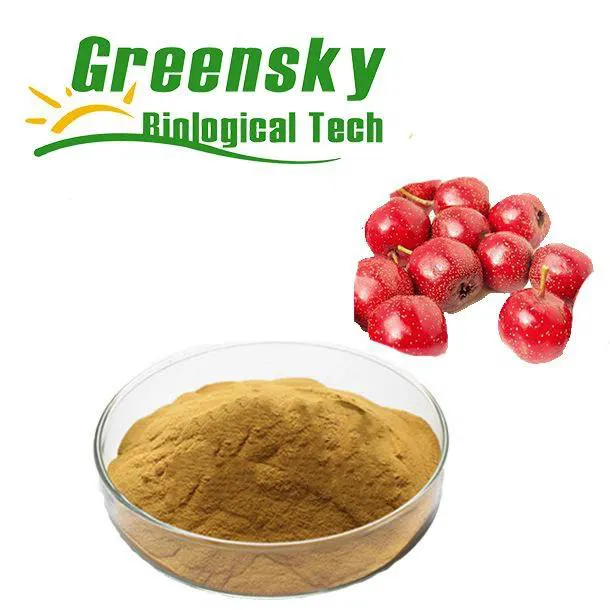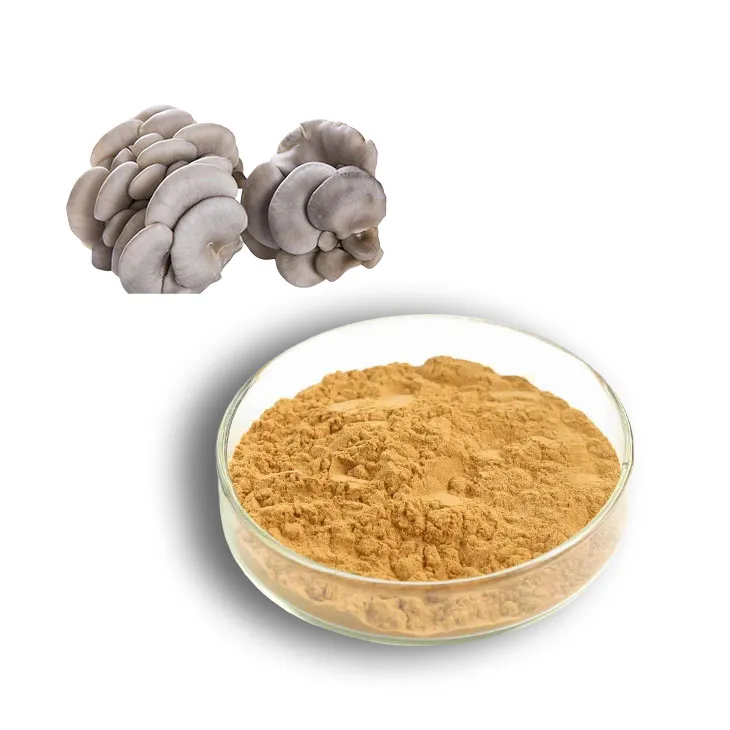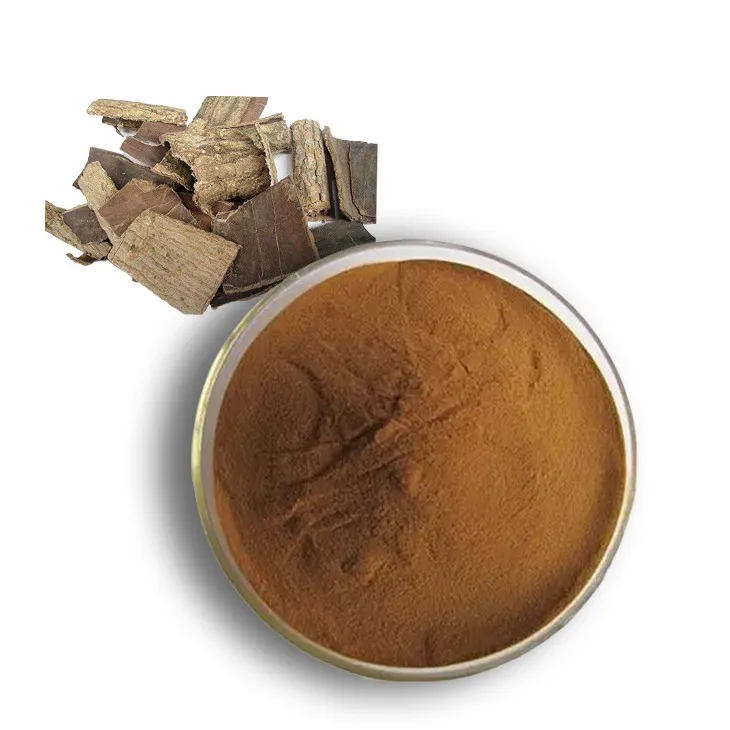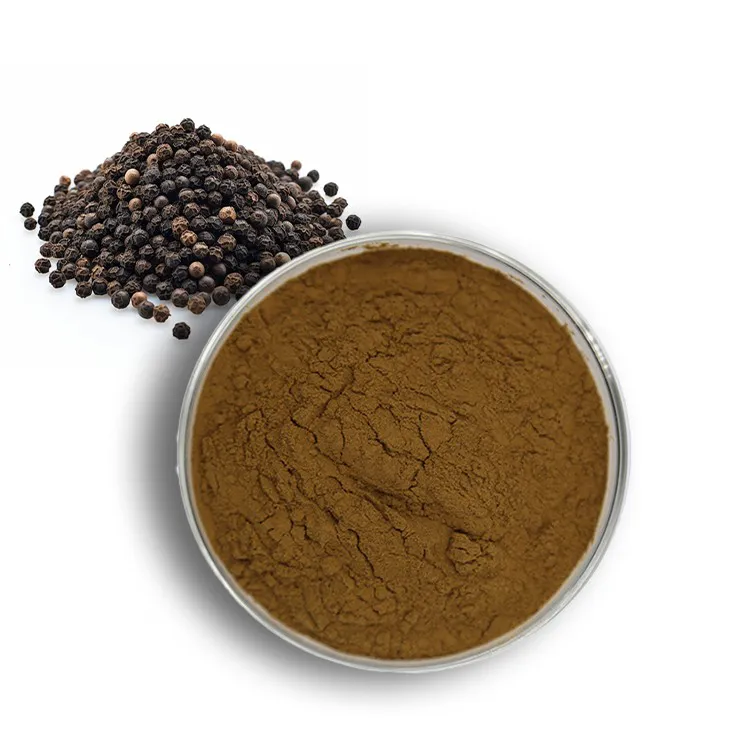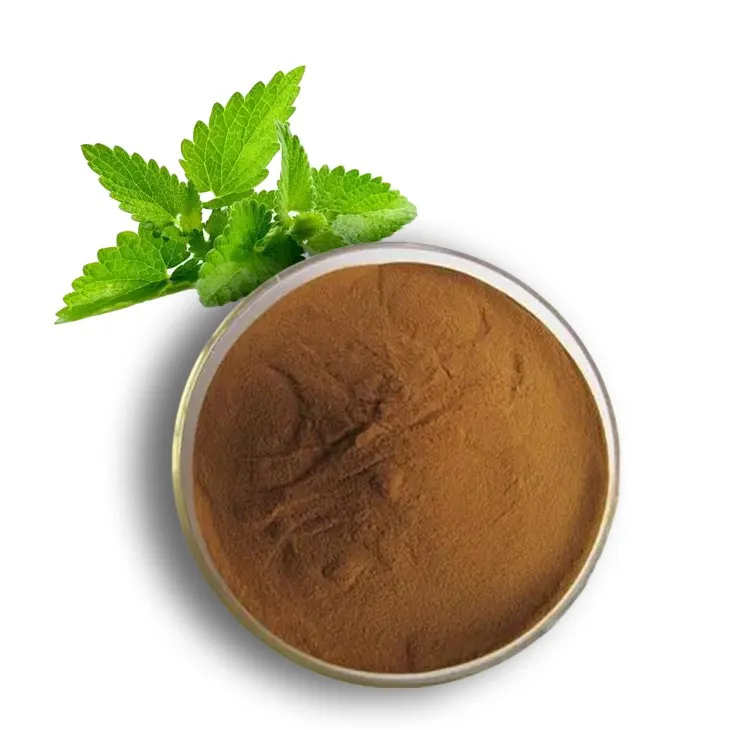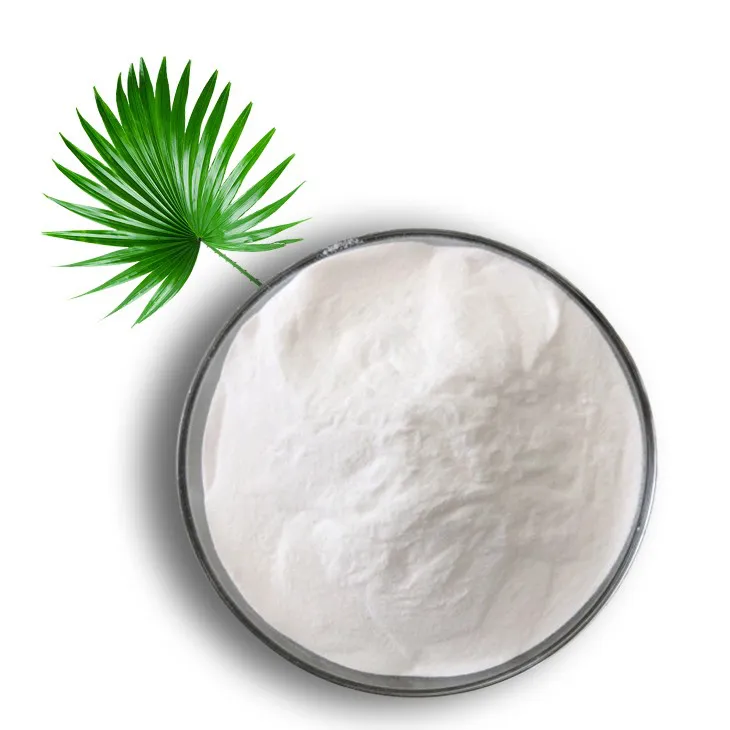- 0086-571-85302990
- sales@greenskybio.com
Tamarind Extract Powder - 100% Pure, Natural and Organic.
2024-12-10
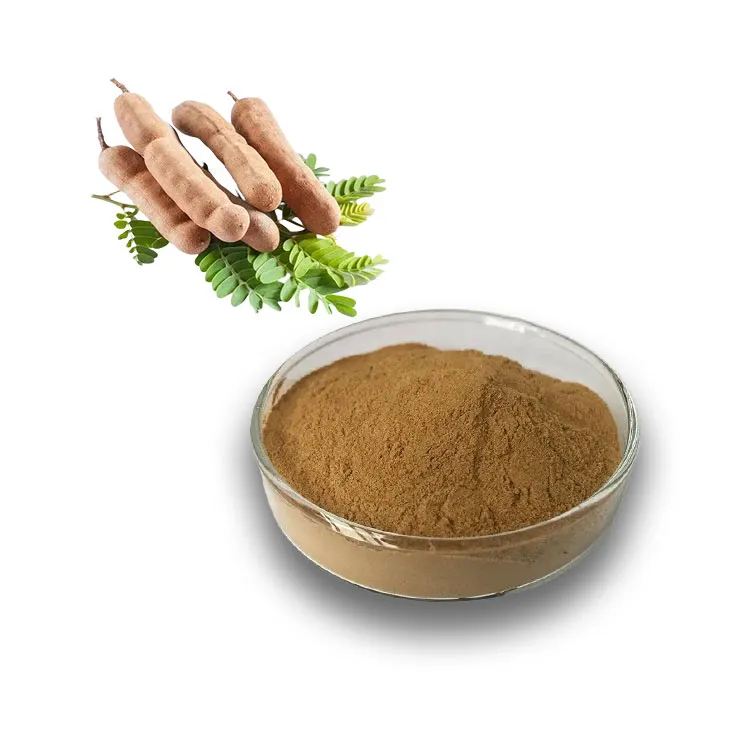
Introduction
Tamarind extract powder is truly a remarkable product. It is characterized by being 100% pure, natural, and organic. This powder is sourced from the tamarind tree, which has its origin in Africa. However, today it is cultivated in numerous tropical regions across the globe. The pure and natural state of this powder has made it highly desirable in a variety of industries.
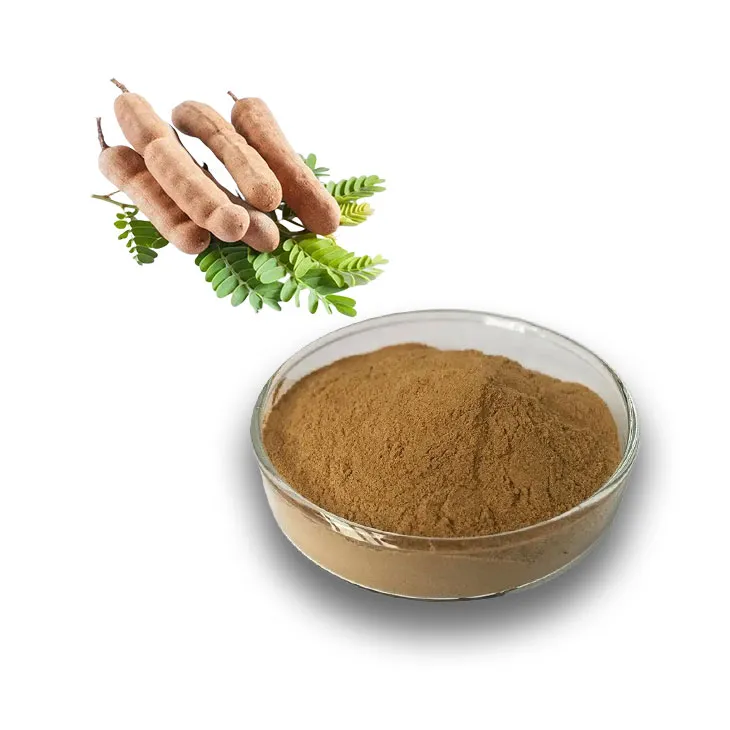
Origin and Cultivation of the Tamarind Tree
The tamarind tree is native to Africa, specifically regions in Sudan and Senegal. Over time, it has spread to other parts of the world. In tropical areas, the tree thrives well due to the suitable climate conditions. The tree is quite large, with a spreading canopy and a thick trunk. It can tolerate a certain degree of drought, which makes it adaptable to different environmental conditions within the tropics.
When it comes to cultivation, the tamarind tree requires well - drained soil. Farmers usually plant the seeds or use vegetative propagation methods. The tree takes a few years to reach maturity and start bearing fruits. Once the fruits are ripe, they are harvested for the extraction of the powder.
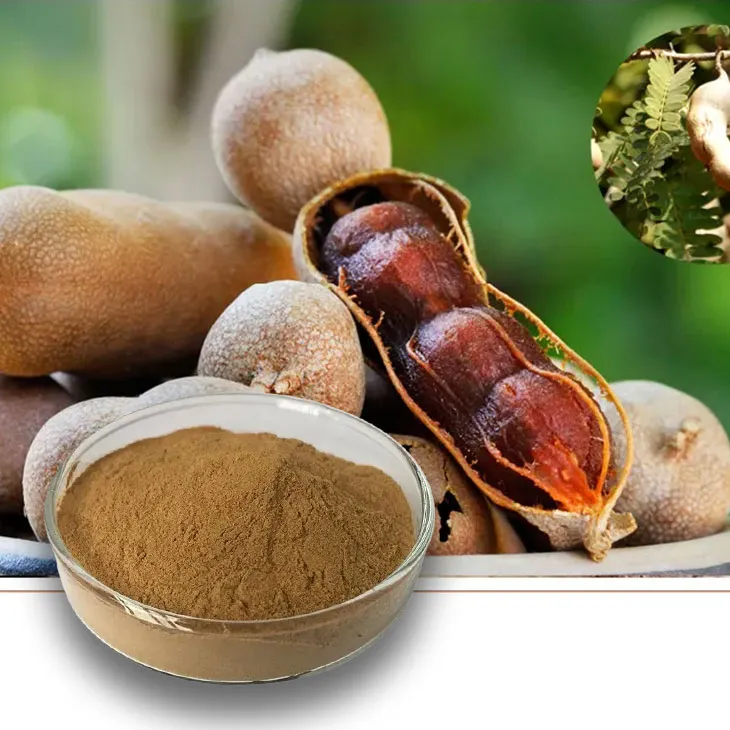
Tamarind extract powder in the Food Industry
Flavor Enhancement
In the food industry, Tamarind extract powder plays a significant role in flavor enhancement. It imparts a unique sour - sweet flavor that can transform the taste of various dishes. For example:
- Sauces: It can add depth and complexity to tomato - based sauces, making them more interesting and palatable.
- Marinades: When used in marinades for meats or vegetables, it tenderizes the food while also giving it a delicious tangy flavor.
- Desserts: In desserts like ice creams and sorbets, it can provide a refreshing and slightly tart note that balances the sweetness.
As a Natural Preservative
Another important aspect of tamarind extract powder in the food industry is its function as a natural preservative. It helps in:
- Inhibiting Bacterial Growth: By creating an environment that is less favorable for bacteria to thrive, it can extend the shelf life of food products.
- Maintaining Food Quality: It helps in keeping the color, texture, and flavor of food products intact for a longer period.
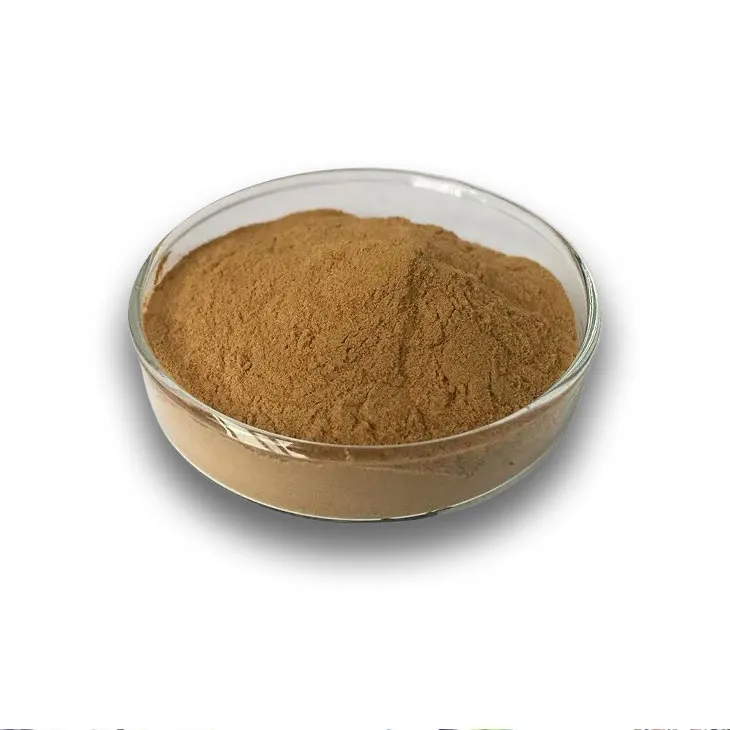
Tamarind Extract Powder in the Cosmetic Field
Benefits for Skin Health
In the cosmetic realm, tamarind extract powder offers several benefits for skin health. Its antioxidant properties are particularly notable. These properties can:
- Reduce Signs of Aging: By combating free radicals, it can help in reducing the appearance of wrinkles and fine lines. Regular use of products containing tamarind extract powder may lead to a more youthful complexion.
- Soothe Irritated Skin: It has a calming effect on irritated skin. Whether it is due to environmental factors or skin sensitivities, tamarind extract powder can help in reducing redness and discomfort.
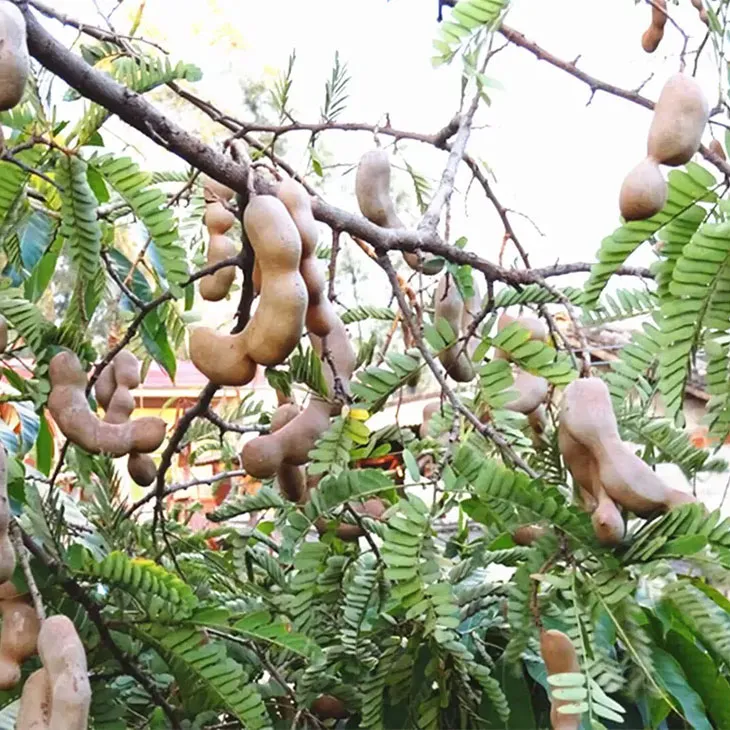
Health and Environmental Advantages of Organic Tamarind Extract Powder
Health Benefits for Consumers
Being organic, tamarind extract powder offers significant health benefits to consumers. Since it is free from harmful pesticides and chemicals, it is a safe choice for those who are conscious about their well - being. It can be incorporated into various products without the risk of introducing toxic substances into the body. For example, in food products, it provides a natural and healthy flavor enhancement option. In cosmetics, it offers skin - friendly benefits without any potential harmful side effects.
Environmental Advantages
The organic nature of tamarind extract powder also has environmental advantages. Organic farming practices used in the cultivation of tamarind trees:
- Protect Soil Health: They help in maintaining the fertility of the soil. Organic matter is added to the soil through natural means, such as composting, which improves soil structure and nutrient - holding capacity.
- Promote Biodiversity: Organic farms tend to support a greater variety of plant and animal species. This is because the use of pesticides is minimized, allowing for a more natural ecosystem to develop around the tamarind trees.
- Reduce Chemical Pollution: By avoiding the use of synthetic pesticides and fertilizers, there is less chemical pollution in the environment. This is beneficial for water sources, air quality, and the overall ecological balance.
Production Process of Tamarind Extract Powder
The production process of tamarind extract powder involves several steps. First, the ripe tamarind fruits are harvested. The fruits are then carefully sorted to remove any damaged or unripe ones. After that, the pulp is separated from the seeds and shells. This can be done through mechanical means or by hand.
Once the pulp is obtained, it is dried. Drying can be achieved through natural sun - drying or using specialized drying equipment. The dried pulp is then ground into a fine powder. During the grinding process, quality control measures are often in place to ensure that the powder is of a consistent texture and quality.
Market and Consumer Demand for Tamarind Extract Powder
Market Trends
The market for tamarind extract powder has been growing steadily in recent years. This growth can be attributed to several factors:
- Increasing Awareness of Natural and Organic Products: Consumers are becoming more conscious about the products they use, whether it is in food or cosmetics. The demand for natural and organic ingredients like tamarind extract powder is on the rise.
- Expansion of the Food and Cosmetic Industries: As the food and cosmetic industries continue to expand globally, there is a greater need for unique and beneficial ingredients. Tamarind extract powder fits this requirement well.
Consumer Preferences
Consumers are increasingly looking for products that are:
- Pure and Unadulterated: They prefer products with a simple ingredient list, and tamarind extract powder, being 100% pure, meets this criterion.
- Health - Conscious: Given the health benefits associated with tamarind extract powder, it appeals to consumers who are focused on maintaining good health.
- Environmentally - Friendly: With growing environmental concerns, consumers are more likely to choose products made from organic ingredients like tamarind extract powder.
Challenges in the Production and Supply of Tamarind Extract Powder
Agricultural Challenges
There are several challenges in the production of tamarind extract powder at the agricultural level. One of the main issues is the susceptibility of the tamarind tree to pests and diseases. Although it is relatively hardy, certain pests can still cause damage to the fruits and the overall health of the tree. Additionally, extreme weather conditions, such as floods or droughts, can also impact the yield of tamarind trees.
Another challenge is the variability in the quality of the fruits depending on the region of cultivation. Different soil types and climatic conditions can lead to differences in the flavor, texture, and nutrient content of the tamarind fruits, which in turn can affect the quality of the extract powder.
Supply Chain and Logistics Challenges
When it comes to the supply chain and logistics, there are also some difficulties. Tamarind trees are mainly cultivated in tropical regions, which are often far from major consumer markets. This can lead to high transportation costs and potential delays in getting the product to the market. Moreover, the perishable nature of the fresh fruits requires careful handling and storage during transportation, which adds to the complexity of the supply chain.
Future Prospects of Tamarind Extract Powder
The future looks promising for tamarind extract powder. With the continued growth in the demand for natural and organic products, there are opportunities for expansion in both the food and cosmetic industries. Research and development efforts are likely to focus on finding new applications for tamarind extract powder. For example, in the pharmaceutical industry, its antioxidant and anti - inflammatory properties may be explored further for potential drug development.
Improvements in agricultural practices and supply chain management can also contribute to the growth of the tamarind extract powder market. By addressing the challenges related to pest control, quality control, and logistics, producers can ensure a more stable and sustainable supply of this valuable product.
FAQ:
What are the main uses of tamarind extract powder in the food industry?
Tamarind extract powder is mainly used in the food industry to impart a unique sour - sweet flavor. It can enhance the taste of various dishes, including sauces, marinades, and desserts. Additionally, it serves as a natural preservative, which helps to extend the shelf life of food products.
How does tamarind extract powder benefit skin health in the cosmetic field?
In the cosmetic field, tamarind extract powder has antioxidant properties that are beneficial for skin health. It can reduce signs of aging, like wrinkles and fine lines, and also has the ability to soothe irritated skin.
Why is the fact that tamarind extract powder is 100% pure, natural and organic important?
Being 100% pure, natural and organic is important because it makes tamarind extract powder a sought - after ingredient. In terms of health, as it is organic, it is free from harmful pesticides and chemicals, making it a safe choice for health - conscious consumers. And its pure and natural state also contributes to its various beneficial properties in different industries such as food and cosmetics.
Where is the tamarind tree originally from?
The tamarind tree is originally from Africa. However, it is now cultivated in many tropical regions around the world.
Can tamarind extract powder be used in both sweet and savory dishes?
Yes, tamarind extract powder can be used in both sweet and savory dishes. In sweet dishes, it adds a unique flavor, and in savory dishes like sauces and marinades, it can enhance the overall taste.
Related literature
- The Potential of Tamarind Extract in Food Preservation"
- "Organic Tamarind Extract: Benefits for Cosmetic Applications"
- "Tamarind: From Tree to 100% Pure Extract Powder"
- ▶ Hesperidin
- ▶ citrus bioflavonoids
- ▶ plant extract
- ▶ lycopene
- ▶ Diosmin
- ▶ Grape seed extract
- ▶ Sea buckthorn Juice Powder
- ▶ Beetroot powder
- ▶ Hops Extract
- ▶ Artichoke Extract
- ▶ Reishi mushroom extract
- ▶ Astaxanthin
- ▶ Green Tea Extract
- ▶ Curcumin Extract
- ▶ Horse Chestnut Extract
- ▶ Other Problems
- ▶ Boswellia Serrata Extract
- ▶ Resveratrol Extract
- ▶ Marigold Extract
- ▶ Grape Leaf Extract
- ▶ blog3
- ▶ Aminolevulinic acid
- ▶ Cranberry Extract
- ▶ Red Yeast Rice
- ▶ Red Wine Extract
-
Feverfew Extract
2024-12-10
-
Green Tea Extract
2024-12-10
-
Propolis Extract Powder
2024-12-10
-
Hawthorn Extract
2024-12-10
-
Oyster Mushroom Extract Powder
2024-12-10
-
Eucommia Ulmoides Extract
2024-12-10
-
Black Pepper Extract
2024-12-10
-
Selenium yeast
2024-12-10
-
Peppermint Extract Powder
2024-12-10
-
Saw Palmetto Extract
2024-12-10











